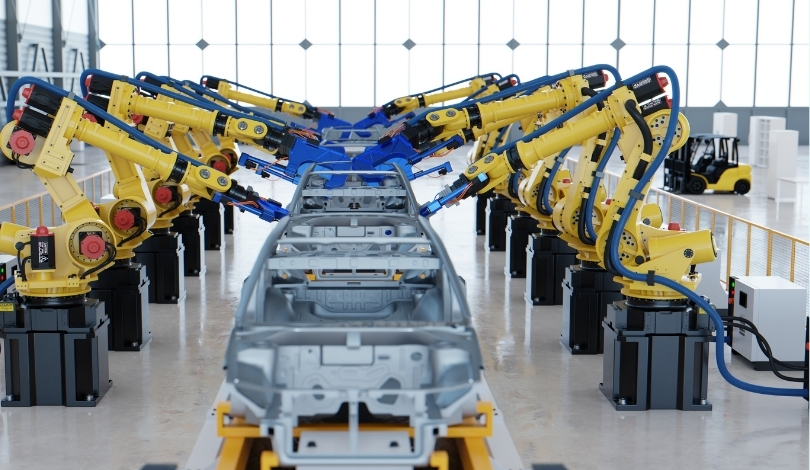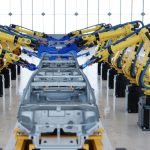Recent data highlights the evolution of robotics within the American automotive sector. This transformation has been marked by a substantial increase in robot installations, which reflects a growing commitment to automation despite challenges in domestic production. The increasing reliance on automation reflects broader global production trends, especially from pivotal manufacturing countries like Japan and China. This development comes at a time when the car industry experienced a significant sales decline, indicating a strategic shift in focus towards enhancing processing efficiency over sales volume.
The surge in industrial robot installations in the U.S. automotive industry rose by 10.7%, comprising 13,700 units in 2024. In contrast, automotive sales experienced a decline of 15% within the same period. This rise in robotics indicates a strong move towards automating production lines in an effort to sustain operational efficiency. Historically, the U.S. has lagged in producing its own industrial robots, primarily sourcing from countries like Japan, China, Germany, and South Korea. This trend continues as these nations account for 70% of global robot production. The reliance on imports underscores the need for strategic adjustments within American manufacturing.
How Do Tariffs Influence Robot Acquisition?
The implementation of tariffs by the U.S. government poses questions about the cost-effectiveness of robot imports. While increased automation could be encouraged by nearshoring, tariffs might inflate the cost of acquiring foreign-produced robots. Decision-makers must weigh these potential increases against potential gains in productivity and efficiency. In this environment, companies like FANUC America, globally recognized for their expertise in robotics, play a critical role in helping meet the growing demand for automation in the automotive field despite supply challenges.
How Does the US Compare With Other Major Robotics Producers?
When comparing robot density, the U.S. ranks fifth globally, matching Japan and Germany but surpassing China in the car sector. However, America remains less automated than some key competitors. It’s notable that China’s domestic robot production has tripled over recent years due to a robust national robotics strategy. The U.S., meanwhile, focuses primarily on the automotive sector, which accounts for nearly 40% of its total robot installations for 2024. In contrast, sectors like metal, machinery, electronics, and consumer goods see limited growth in robot implementation.
Which Industries in the US Show Fast-Growing Demand for Robots?
Beyond automotive, industries such as food and consumer goods have rapidly expanded their robotic orders with a 65% growth in 2024. Similarly, the life sciences and pharmaceutical industries noted an increase of 46%, indicating a diversification in the implementation of robotics across various sectors. This trend suggests a broader acceptance and integration of robotics beyond traditional manufacturing settings. Factors driving this expansion include the pursuit of production efficiency and adaptability in response to market changes.
The increase in robotics within the U.S. automotive industry highlights a pivotal shift in production practices amid declining car sales. With international leaders like China expanding their production capabilities at a rapid rate, America’s focus on automation reflects a strategic effort to maintain competitiveness. Nevertheless, the broader adoption of robotics across various sectors hints at a slow but steady diversification of industrial automation. With technological advancements and potential policy changes on the horizon, monitoring these trends will be crucial for understanding the future landscape of manufacturing. Staying informed will be essential for stakeholders to make informed decisions regarding competitive positioning and strategic planning in a rapidly evolving automation era.










